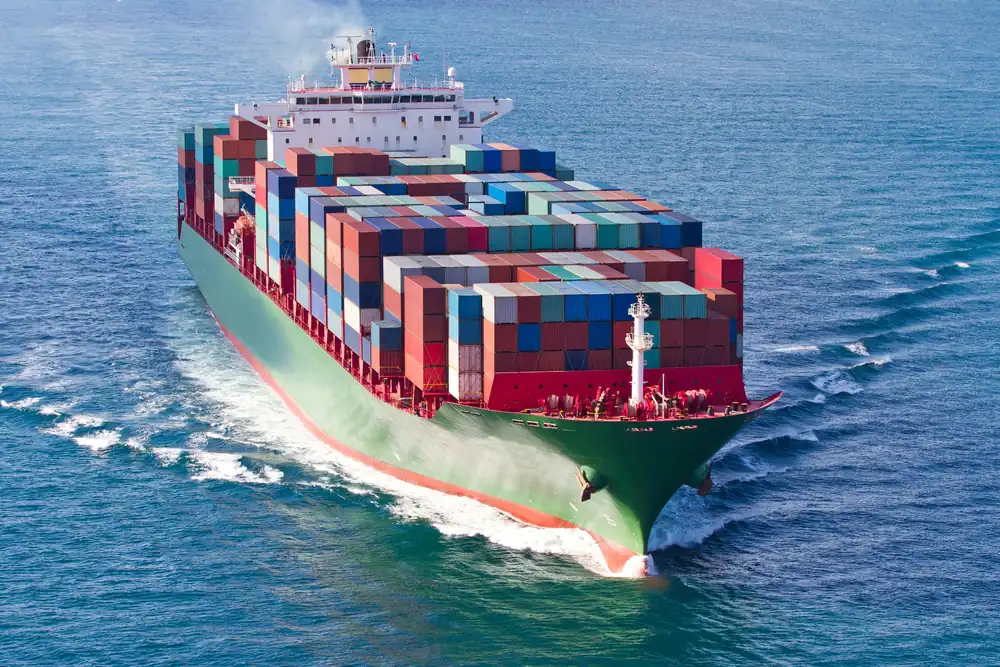When it comes to global trade, customs clearance is one of the most critical steps in the process of moving goods across borders. For container shipments, which often involve large volumes of goods and complex logistics, understanding how customs clearance works is essential for ensuring that shipments arrive on time and without unnecessary delays. In this blog, we’ll delve into the intricacies of customs clearance for container shipments, explaining the key steps, the role of various stakeholders, and how to navigate common challenges.
What Is Customs Clearance?
Customs clearance is the process by which goods are approved for import or export by a country’s customs authorities. It involves verifying that all necessary documentation is in order, assessing and collecting any applicable duties and taxes, and ensuring that the goods comply with the relevant regulations, including safety, health, and environmental standards. For container shipments, this process can be complex, given the large quantities and diverse nature of the goods involved.
The Role of Documentation
Documentation is at the heart of the customs clearance process. Accurate and complete paperwork is essential to avoid delays and penalties. The key documents typically required for customs clearance of container shipments include:
- Bill of Lading: A legal document issued by the carrier to the shipper, detailing the type, quantity, and destination of the goods. It serves as a receipt for the shipment and a contract between the shipper and carrier.
- Commercial Invoice: This document provides details of the transaction between the buyer and seller, including the value of the goods, which is used to calculate duties and taxes.
- Packing List: A detailed list of the contents of the container, including quantities and descriptions of each item.
- Certificate of Origin: This certifies where the goods were manufactured and is important for determining applicable tariffs and trade agreements.
- Import/Export License: Depending on the nature of the goods, certain items may require specific licenses or permits for import or export.
- Customs Declaration Form: A detailed description of the goods, their value, and the applicable tariff classification.
These documents must be submitted to the customs authorities in the destination country, often before the shipment arrives. Many countries now offer electronic submission of these documents, streamlining the process.
Customs Inspection and Examination
Once the documentation is submitted, customs authorities will review the paperwork to ensure compliance with regulations. If everything is in order, the shipment may be cleared without further inspection. However, customs authorities have the right to inspect any shipment to verify the accuracy of the documentation and check for contraband, undeclared items, or non-compliant goods.
Customs inspections can vary in scope, from a simple review of the documents to a physical examination of the container’s contents. Random inspections are common, but certain factors can increase the likelihood of an inspection, such as the type of goods, the country of origin, or any discrepancies in the documentation.
If a physical inspection is required, the container may need to be unloaded and its contents examined. This can cause delays and additional costs, especially if the goods need to be repacked or if any issues are discovered that require resolution.
Calculation and Payment of Duties and Taxes
A key component of customs clearance is the calculation and payment of duties, taxes, and fees. These are typically based on the value of the goods (as declared on the commercial invoice), their classification under the Harmonized System (HS) code, and any applicable trade agreements or tariffs.
Customs authorities will assess the amount owed, which must be paid before the goods can be released. In some cases, companies may use customs brokers to handle this aspect of the process, as they have the expertise to ensure that the correct duties and taxes are calculated and paid.
In addition to duties and taxes, other fees may apply, such as customs processing fees, storage fees if the goods are held for inspection, or penalties for non-compliance with regulations.
Release of Goods
Once all duties, taxes, and fees are paid and the shipment has been cleared by customs, the goods can be released. This means the container is free to continue its journey, whether that involves being transported to a warehouse, delivered to the consignee, or distributed to various locations.
The release process can vary depending on the port and the customs authorities involved. In some cases, customs may issue a physical release order, while in others, the release may be done electronically, allowing for faster processing.
Common Challenges in Customs Clearance
While the customs clearance process is generally straightforward, several challenges can arise, potentially causing delays or additional costs. These include:
- Incomplete or Inaccurate Documentation: Missing or incorrect information can lead to delays, fines, or even the refusal of entry for the shipment.
- Misclassification of Goods: Incorrectly classifying goods under the wrong HS code can result in incorrect duty calculations, leading to fines or delays.
- Unexpected Inspections: Random or targeted inspections can cause delays, especially if the goods need to be unpacked and repacked.
- Changes in Regulations: Customs regulations can change frequently, and staying up-to-date is essential to avoid non-compliance.
- Delays in Payment of Duties and Taxes: If there are delays in calculating or paying the required duties and taxes, the release of the goods can be delayed.
Best Practices for Smooth Customs Clearance
To ensure a smooth customs clearance process, it’s important to follow best practices:
- Prepare Documentation Early: Ensure that all necessary documents are prepared and submitted well in advance of the shipment’s arrival.
- Work with Experienced Customs Brokers: Customs brokers can navigate complex regulations, help with documentation, and ensure that duties and taxes are correctly calculated and paid.
- Stay Informed of Regulations: Regularly update your knowledge of customs regulations in the countries you’re shipping to, as changes can occur frequently.
- Use Electronic Filing Systems: Where available, use electronic customs filing systems to expedite the process and reduce the likelihood of errors.
- Plan for Inspections: Be prepared for the possibility of customs inspections by allowing extra time in your shipping schedule and ensuring that the goods are packed in a way that facilitates easy inspection.
Conclusion
Customs clearance is a crucial step in the container shipping process, ensuring that goods comply with the laws and regulations of the importing country. While it can be complex, especially for large shipments, understanding the process and preparing accordingly can help avoid delays and additional costs. By focusing on accurate documentation, staying informed of regulations, and working with experienced professionals, businesses can navigate the customs clearance process more efficiently, ensuring that their goods move smoothly across borders.

